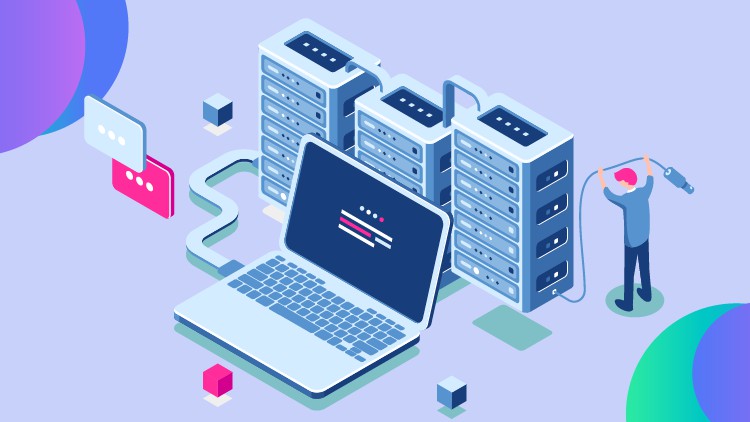
Learn how data can be integrated : following which principles and for what business outcomes
What you will learn
Data Integration Concepts & Principles, and main features
What business use cases can Data Integration address and for what business value?
How to setup a new Data Integration Solution ?
How to make the right choices for your project, solution and approach, ensuring successful business outcomes ?
Data Integration Patterns : ESB (Enterprise Service Bus), ETL (Extract Transform Load), EDI (Electronic Data Interchange) and API
Connectors and Integration Mechanisms : with Webservices, Databases, Files and Enterprise Solutions
How Data Integration can empower and enable Digital Transformation
Multiple examples from several industries to help you project an efficient usage of Data Integration
Description
According to the World Economic Forum, at the beginning of 2020, the number of bytes in the digital universe was 40 times bigger than the number of stars in the observable universe.
With data volume and usages growing, the need for Data Integration is becoming more and more central topic.
Data Integration is mainly about exchanging data across multiple systems and tools. Aligned with their business strategy, organizations need data to circulate timely and accurately through their information system and the external world (internet applications, trading partners ..). This allows organizations to answer market needs, be competitive, reduce time to market, and become data driven by easing decision making processes.
In this course, we are presenting a complete guide on how to identify your need of data integration, how you can architecture your solutions, execute successfully your projects and manage data integration overtime, all of this in order to bring tangible business value and to support your business.
In more details we will address the following topics around Data Integration :
- What is Data Integration ?
- Data Integration Benefits & Business Value
- Main Concepts & Features
- Data Integration Paradigms & Patterns, including,
- ESB, Enterprise Service Bus
- ETL, Extract Transform Load
- EDI, Electronic Data Interchange
- API, Application Programming Interface
- Connectors for Data Integration
- With Databases
- With Files
- With WebServices: SOAP, REST
- With Enterprise Applications like SAP
- Security and technical architecture
- High availability
- Data Encryption
- Cloud Deployments
- Data Integration Projects
- Data Integration Run Operations
- Quick Overview of market solutions
- Proprietary vs OpenSource
- Solution components
- Licencing and pricing models
- Data Integration as Enabler for Digital Transformation
This course is intended to be a complete practical guide to help you understand all the aspects around Data Integration. It can help you in your career and your current activities, by bringing a complete 360° overview on Data Integration topic.
This course is intended to help :
- Data Analysts
- Data Specialists
- Data Engineers
- Data Scientists
- Data Architects
- Data Modelers
- Data Managers
- Enterprise Architects
- Data Project Managers
- Digital Projects Managers
- Information System Performance Analysts
- IT managers
- Head of Data
- Head of Analytics
- Chief Information Officers
- Chief Data Officers
- Chief Digital Officers
- And also, all students and professionals who wants to benefit from the big market demand in Data and this important skill!
No prior experience in Programming or Data Bases is needed to follow this course.
Throughout the course, you can easily contact the instructor for any questions you have to sharpen your knowledge and have tailored made learning experience!